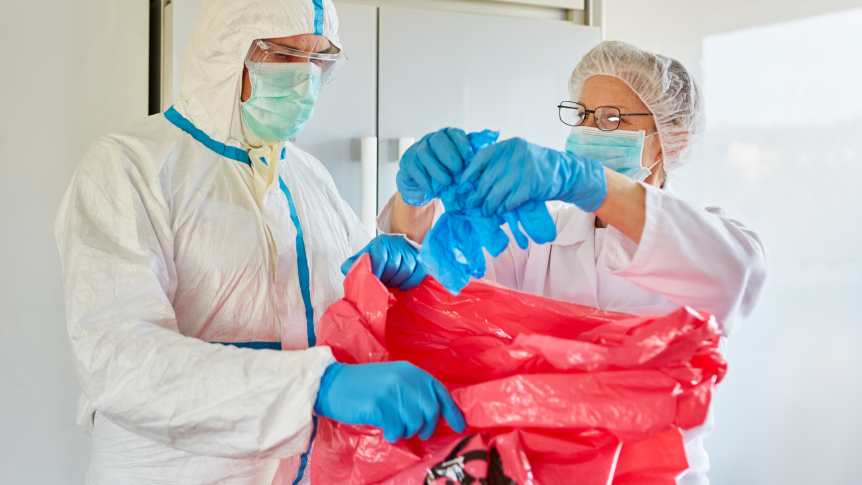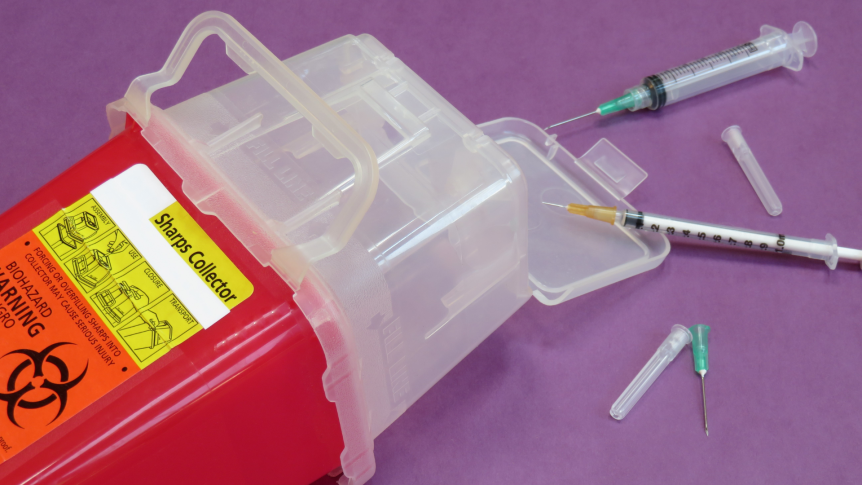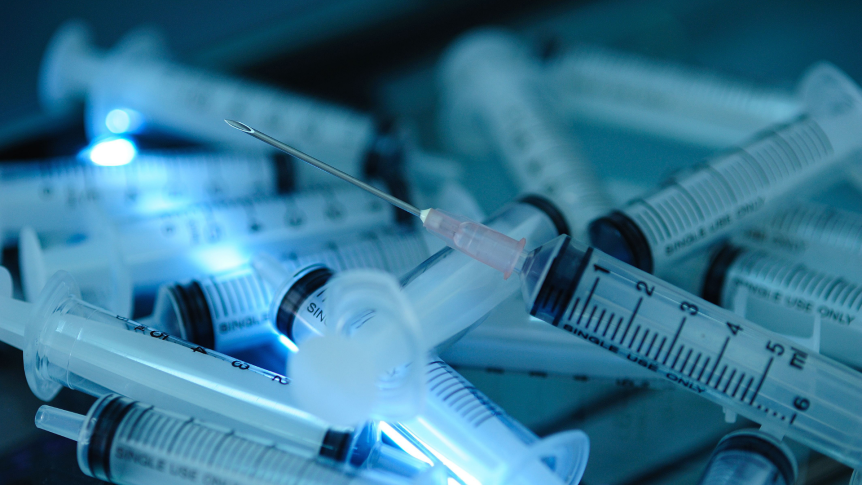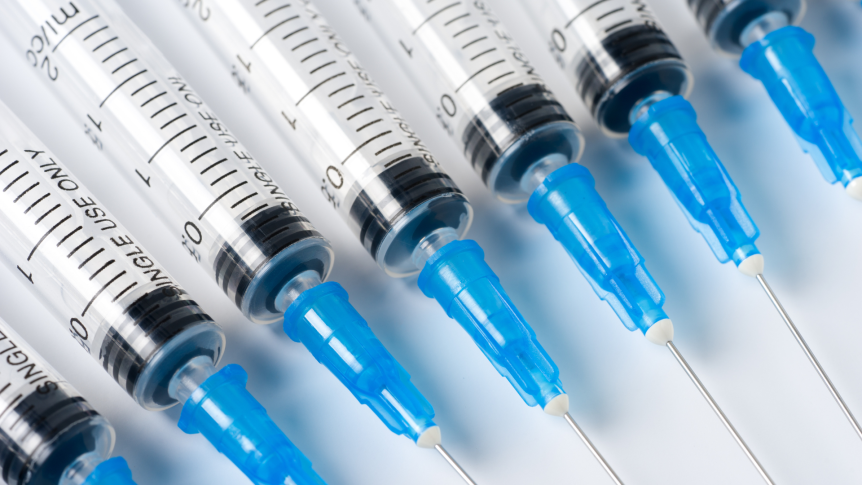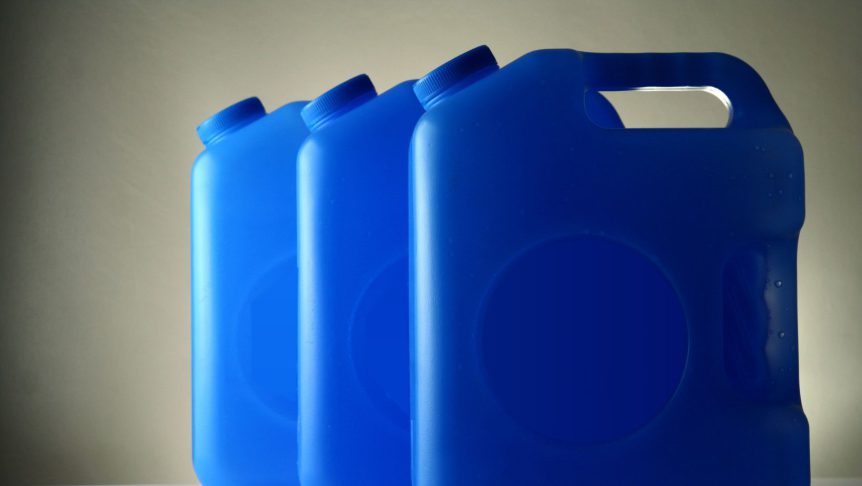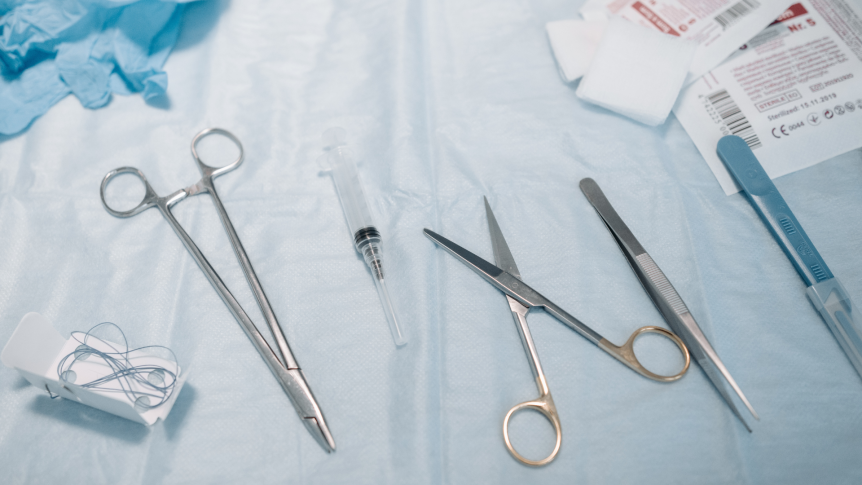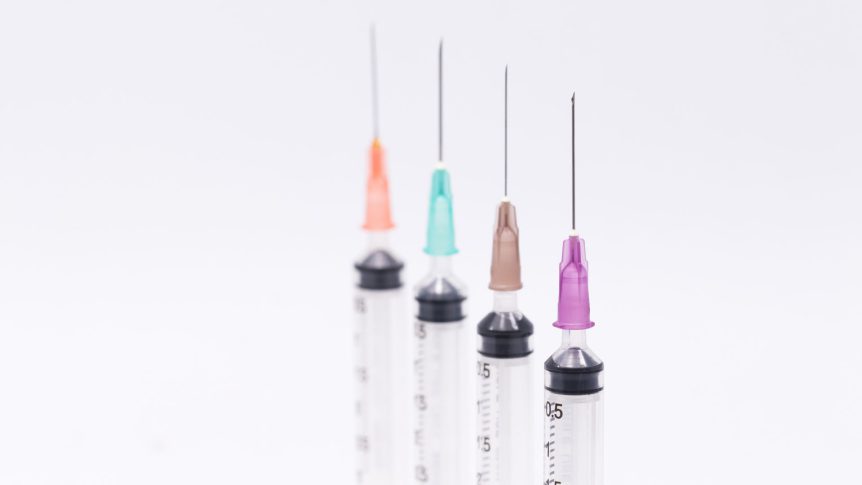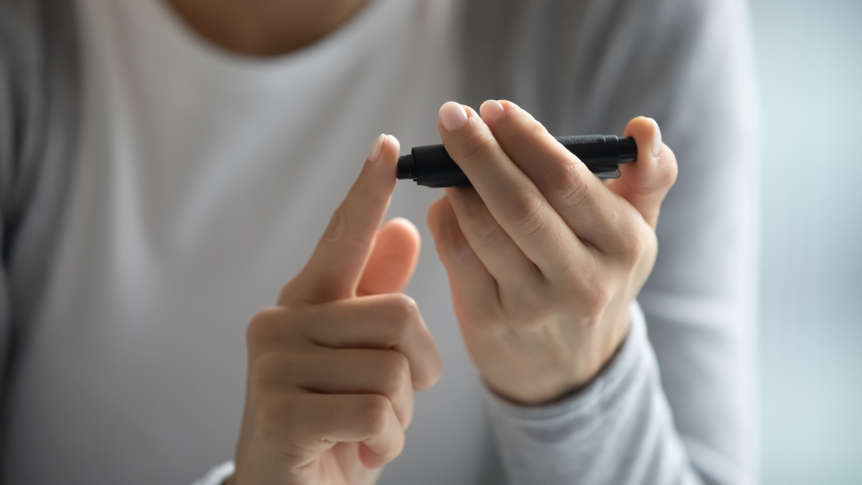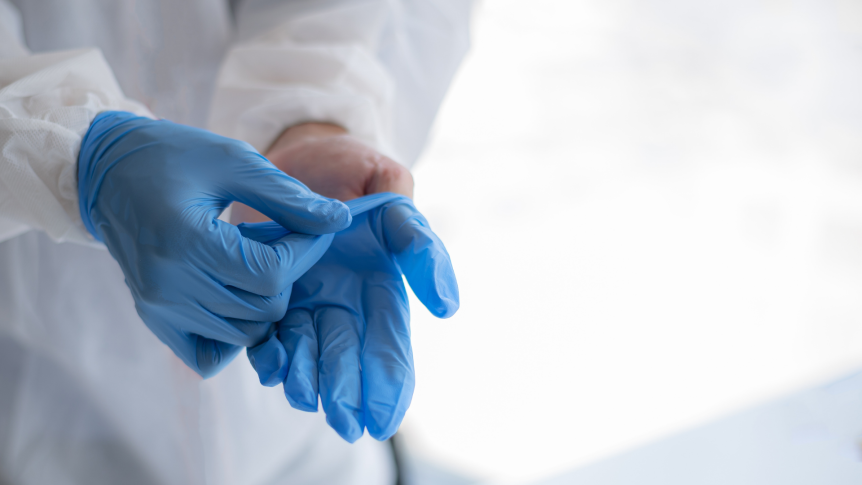Medical waste is any material that is generated in the diagnosis, treatment or immunization of humans or animals. This type of waste is regulated by law and requires special handling and disposal to prevent harm to public health and the environment. Medical waste can be generated by hospitals, clinics, laboratories, dental offices, veterinary facilities, and even households. In this article, …
Sharps Disposal Containers in Healthcare Facilities
Provided by: U.S. Food and Drug Administration Sharps disposal containers are made from rigid puncture-resistant plastic or metal with leak-resistant sides and bottom, and a tight-fitting, puncture-resistant lid with an opening to accommodate depositing a sharp but not large enough for a hand to enter. “Sharps” refers to objects with sharp points or edges that can puncture or cut skin, …
Needle Stick Injury: What To Do
Provided By: WebMD Needle stick injuries are a reality for people who regularly use needles, like nurses and lab workers. It also can happen if you handle trash, even if it’s not medical waste. According to the CDC, some 385,000 healthcare workers accidentally stick themselves with needles every year. Your chances of catching a disease from a single needle stick …
How to Dispose of Needles: Safe Practices for Discarding Used and Unused Sharps
Provided By: GoodRX Throwing away syringes, needles, and lancets — commonly called “sharps” — is important to prevent injury. Properly disposing of them can also help you avoid infections from used needles, including hepatitis B (HBV), hepatitis C (HCV), and HIV. Here, we’ll cover some basic facts about how to get rid of sharps — including syringe needle disposal, the …
Sharps Disposal Containers
Provided By: fda.gov Dos The FDA recommends that used needles and other sharps be immediately placed in FDA-cleared sharps disposal containers. FDA-cleared sharps disposal containers are generally available through pharmacies, medical supply companies, health care providers, and online. The FDA has evaluated the safety and effectiveness of these containers and has cleared them for use by healthcare professionals and the public …
DOs and DON’Ts of Proper Sharps Disposal
Provided By: fda.gov Dos √ DO immediately place used needles and other sharps in a sharps disposal container to reduce the risk of needle sticks, cuts, or punctures from loose sharps. √ DO use an FDA-cleared sharps disposal container, if possible. If an FDA-cleared container is not available, some organizations and community guidelines recommend using a heavy-duty plastic household container …
How To Prevent Needlestick And Sharps Injuries
Provided By: CDC Needlestick and other sharp injuries are serious hazards in any healthcare setting. Contact with contaminated needles, scalpels, broken glass, and other sharps may expose healthcare workers to blood that contains pathogens that pose a grave, potentially lethal risk. Activities with Potential for Needlestick Injuries Home healthcare workers can be at risk for needlestick or sharps …
Community Options for Safe Needle Disposal
Provided by: Unites States Environmental Protection Agency Each year, 8 million people across the country use more than 3 billion needles, syringes, and lancets—also called sharps—to manage medical conditions at home. Sharps disposal by self-injectors is not typically regulated, and self-injectors do not always know the safest disposal methods. This situation could lead to haphazard disposal habits and increased community …
Safely Using Sharps at Home, at Work, and on Travel
Provided By: FDA Sharps is a medical term for devices with sharp points or edges that can puncture or cut skin. They may be used at home, at work, and while traveling to manage the medical conditions of people or their pets, including allergies, arthritis, cancer, diabetes, hepatitis, HIV/AIDS, infertility, migraines, multiple sclerosis, osteoporosis, blood clotting disorders, and psoriasis. …
How To Safely Remove PPE
Provided By:The CDC There are a variety of ways to safely remove PPE without contaminating your clothing, skin, or mucous membranes with potentially infectious materials. Here is one example. Remove all PPE before exiting the patient room except a respirator, if worn. Remove the respirator after leaving the patient’s room and closing the door. Remove PPE in the following sequence: …
- Page 1 of 2
- 1
- 2
